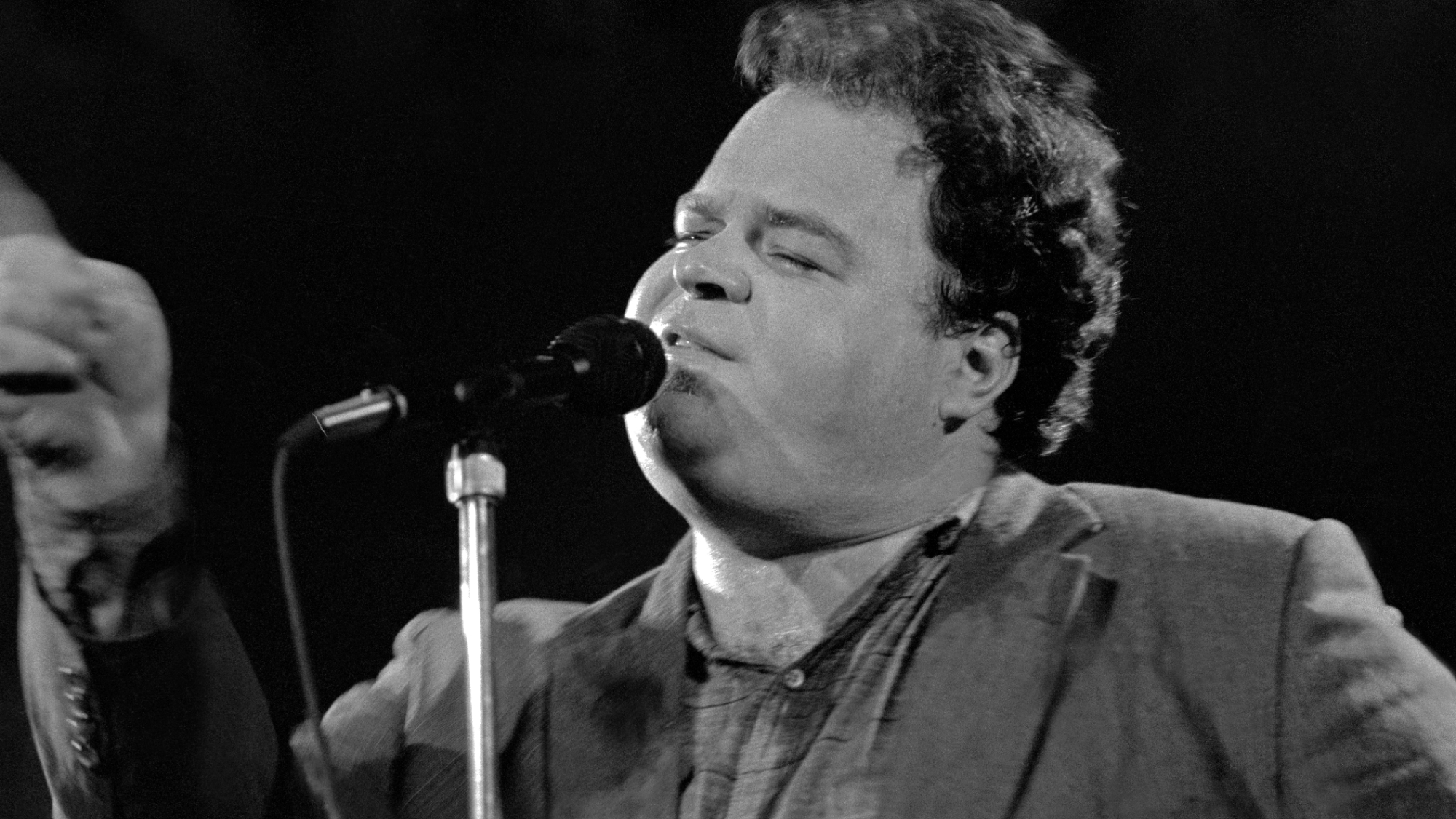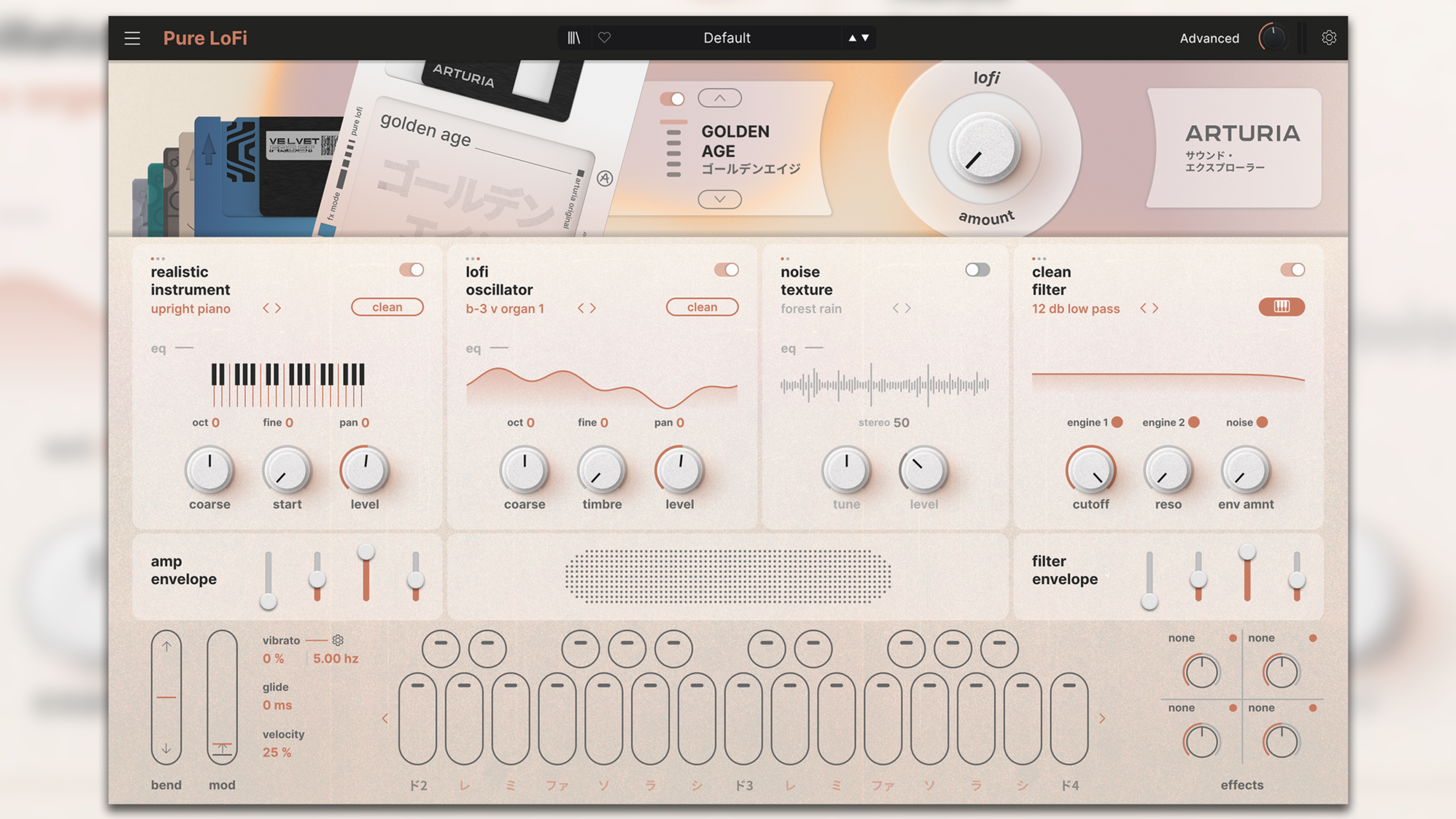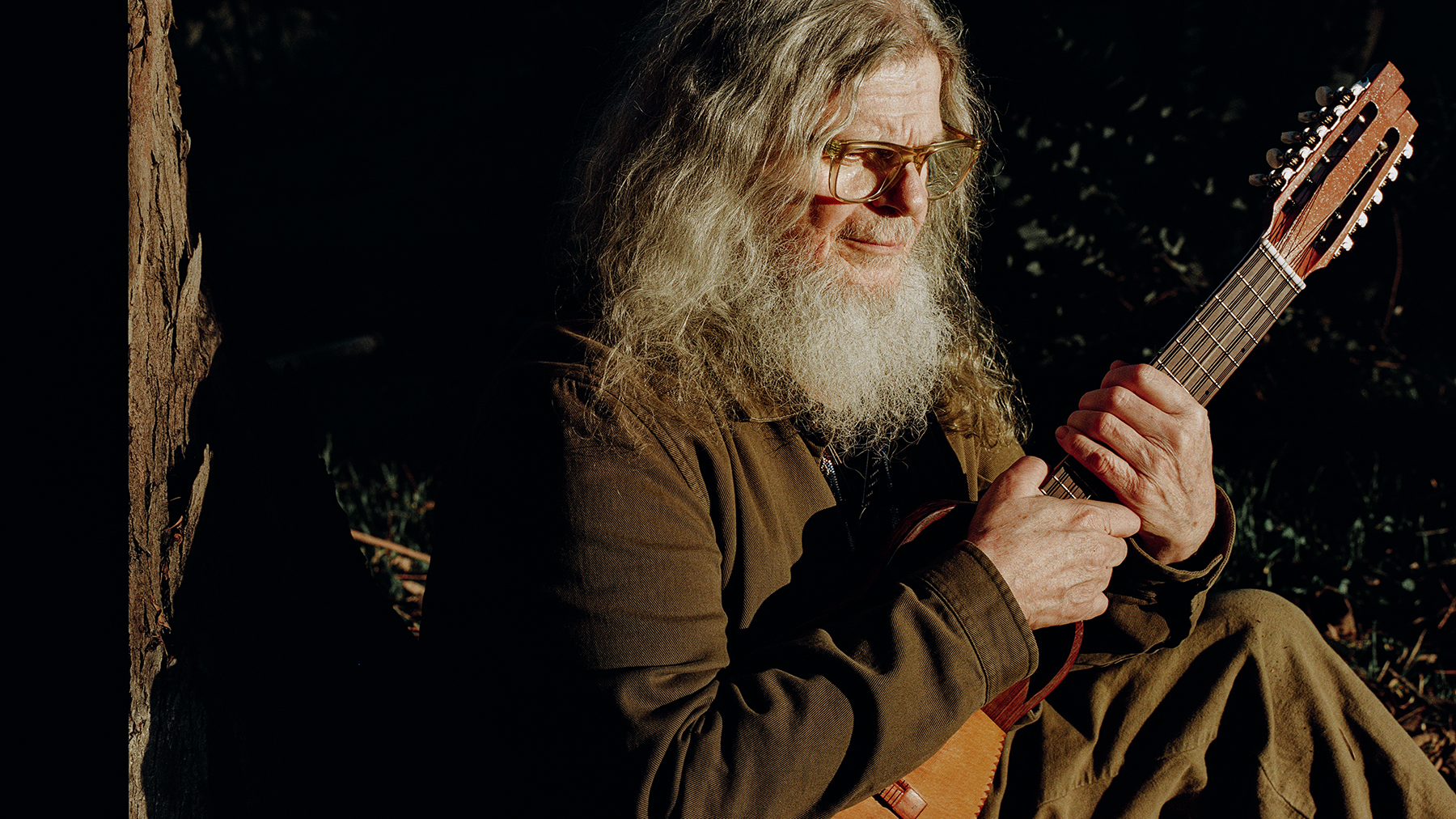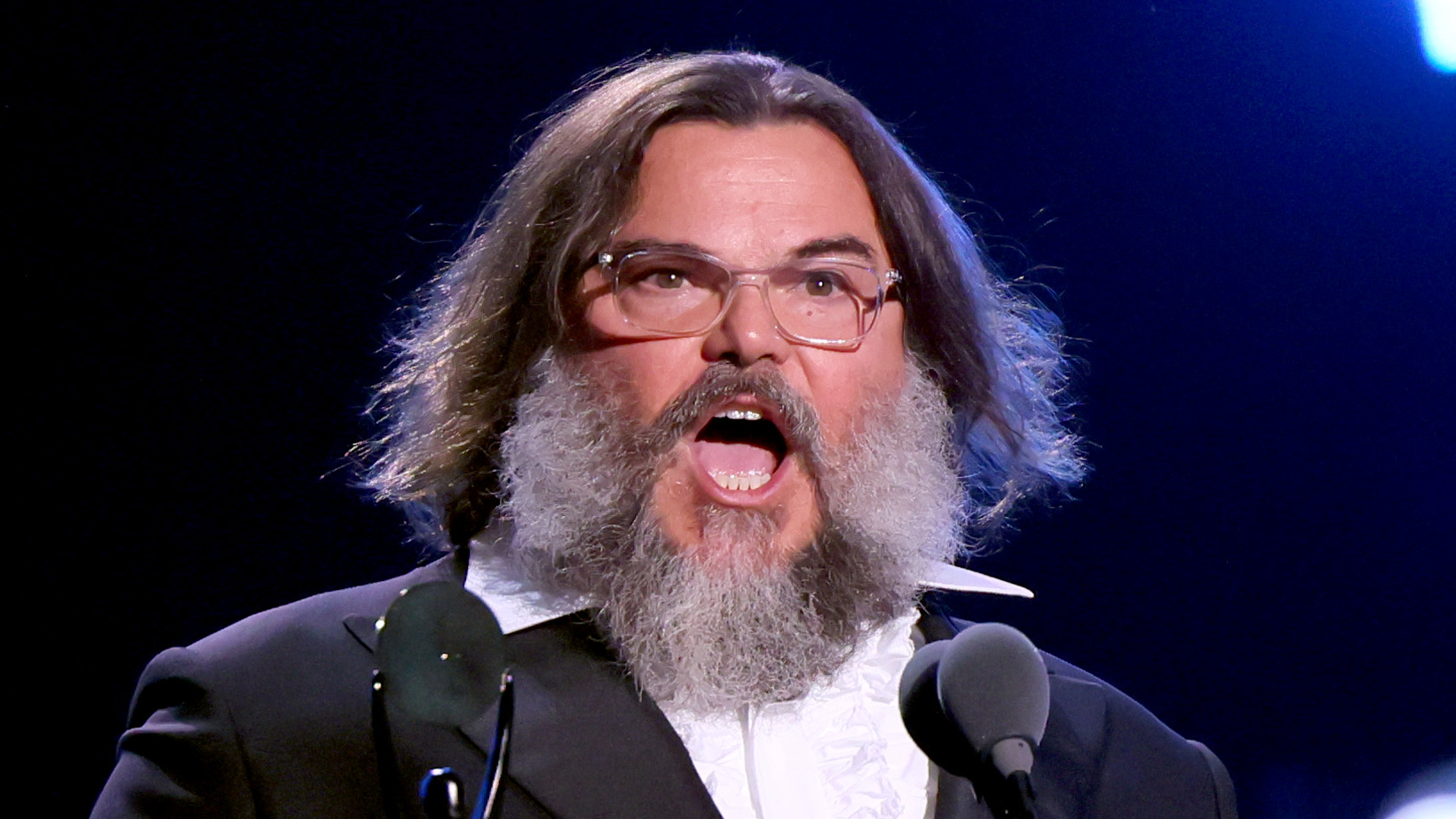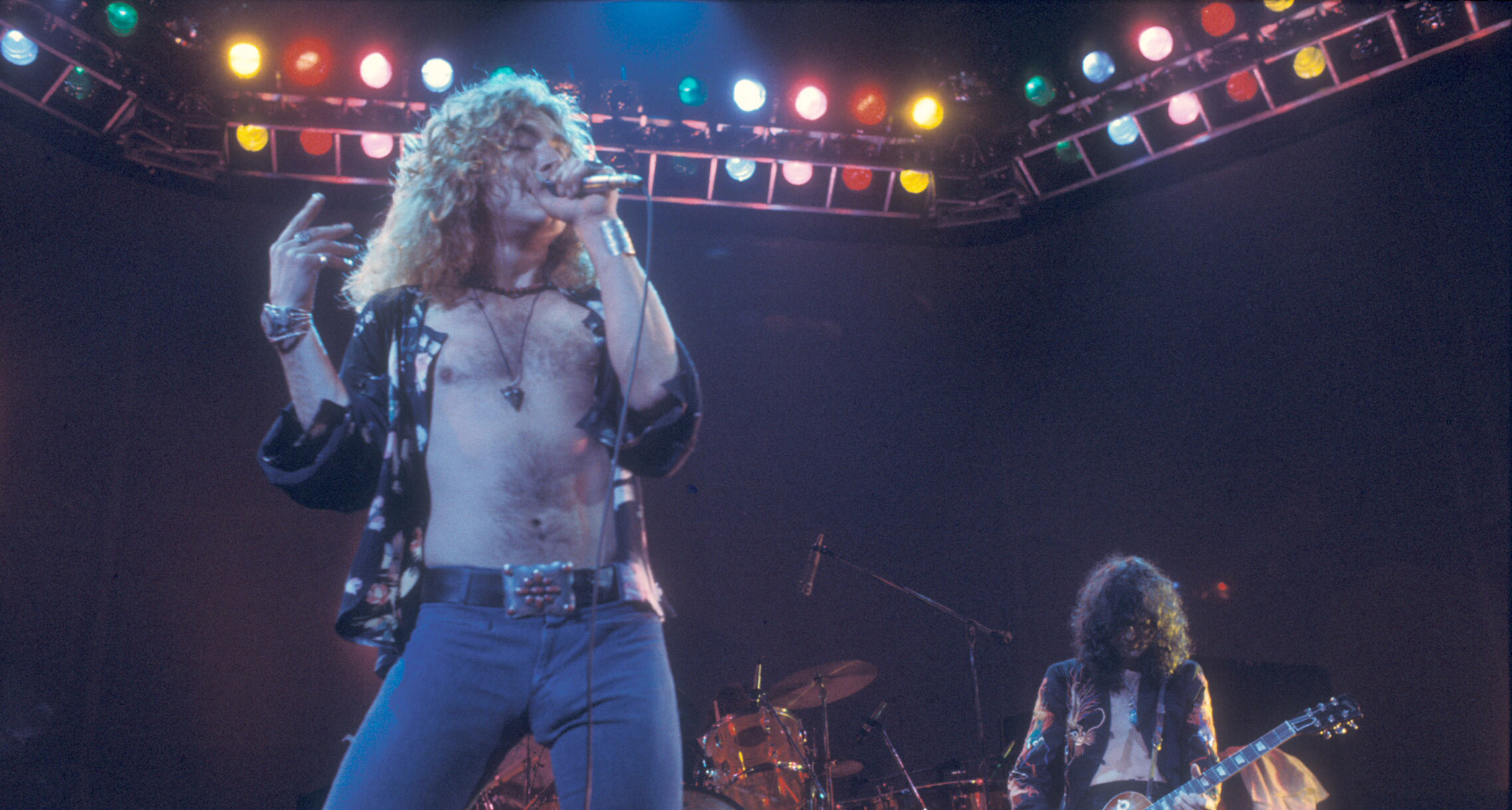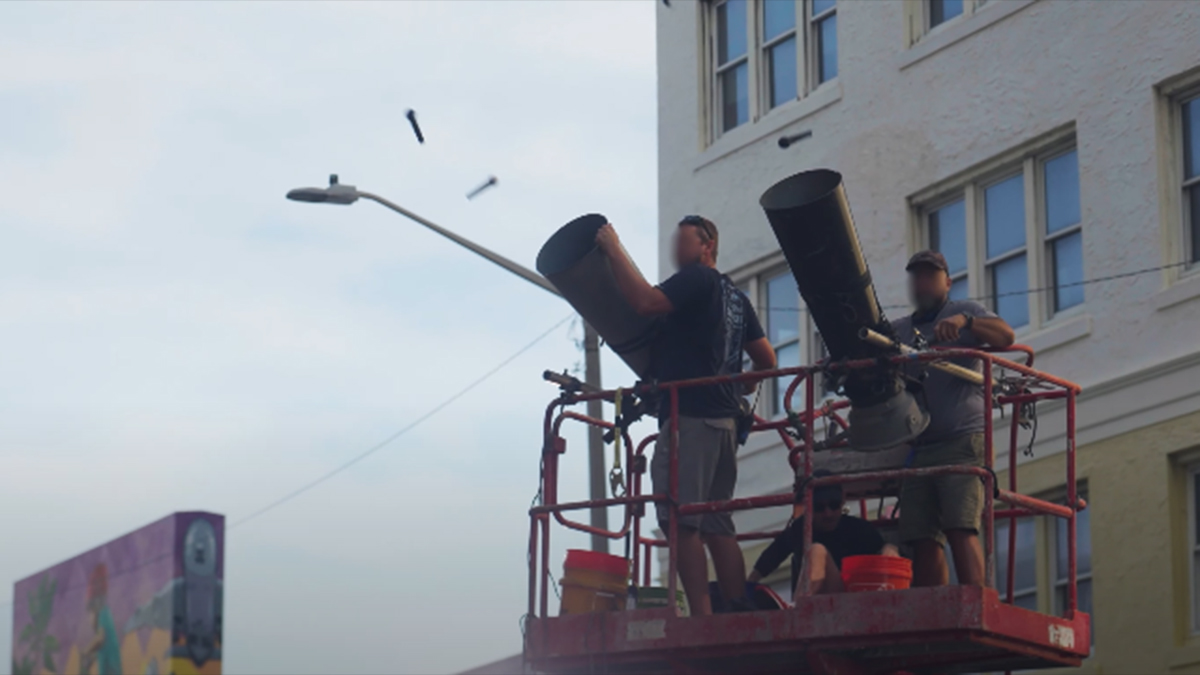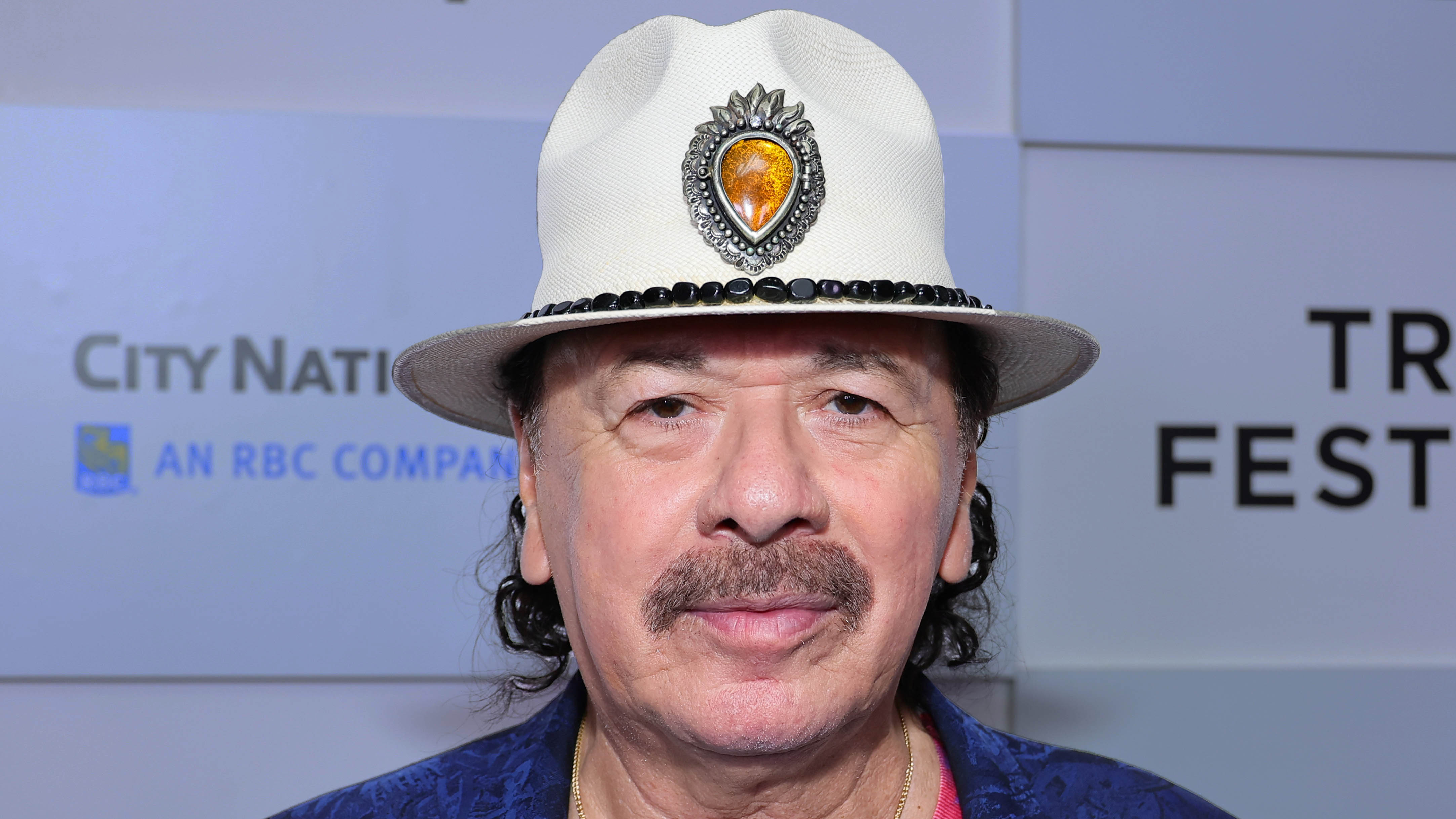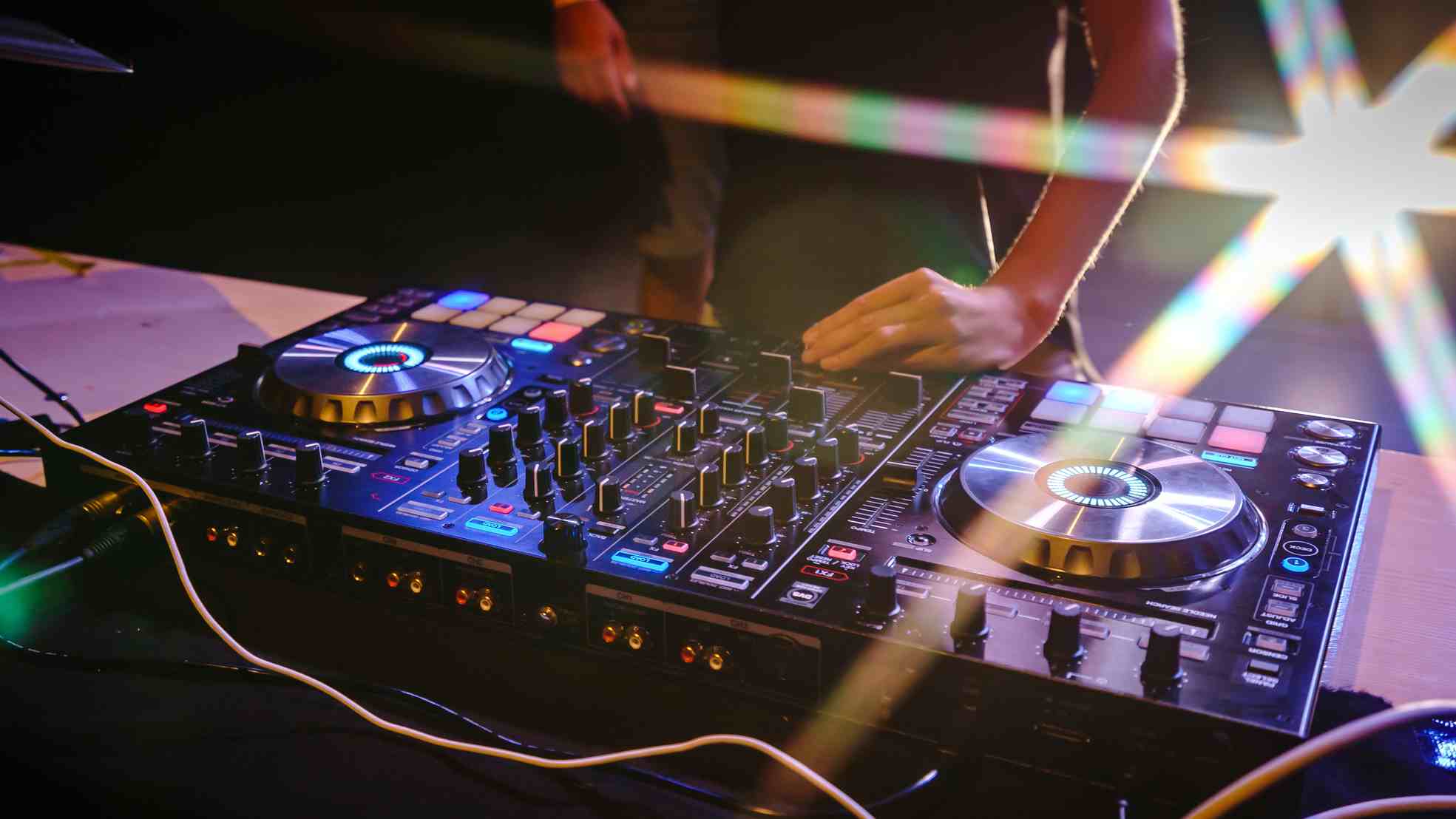Electronic drumming pioneers: 11 trailblazing players who raised the bar for electronic and hybrid drumming
The drummers, past and present, who embraced technology to revolutionize music and the gear we play
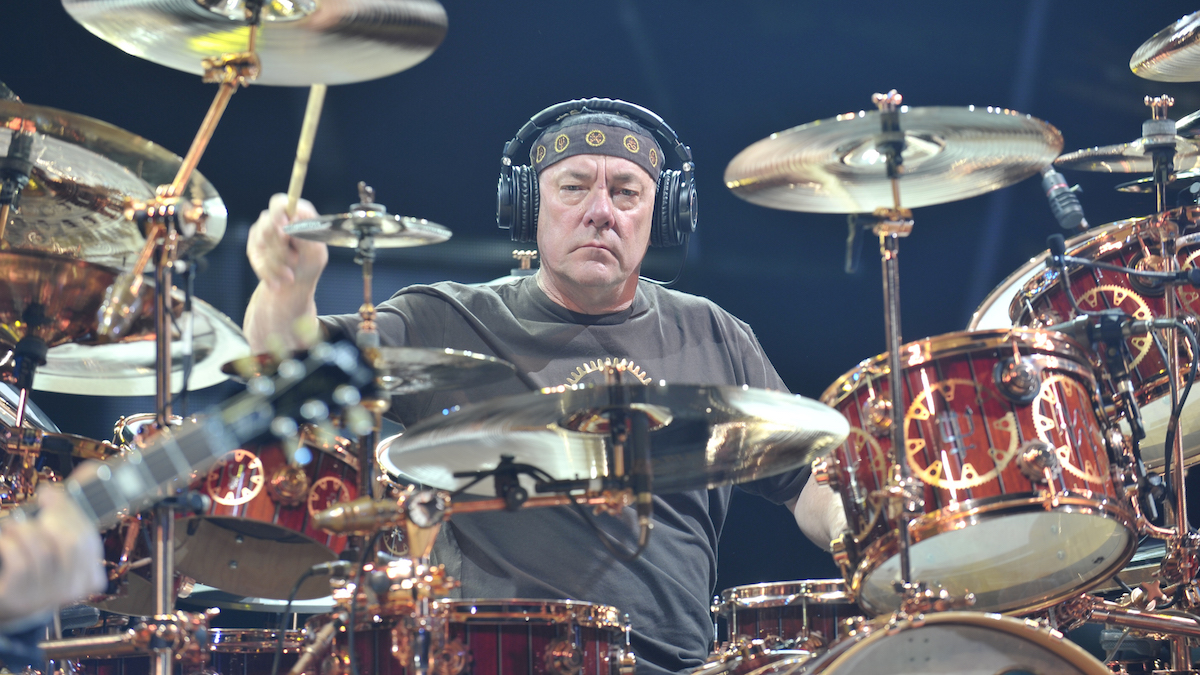
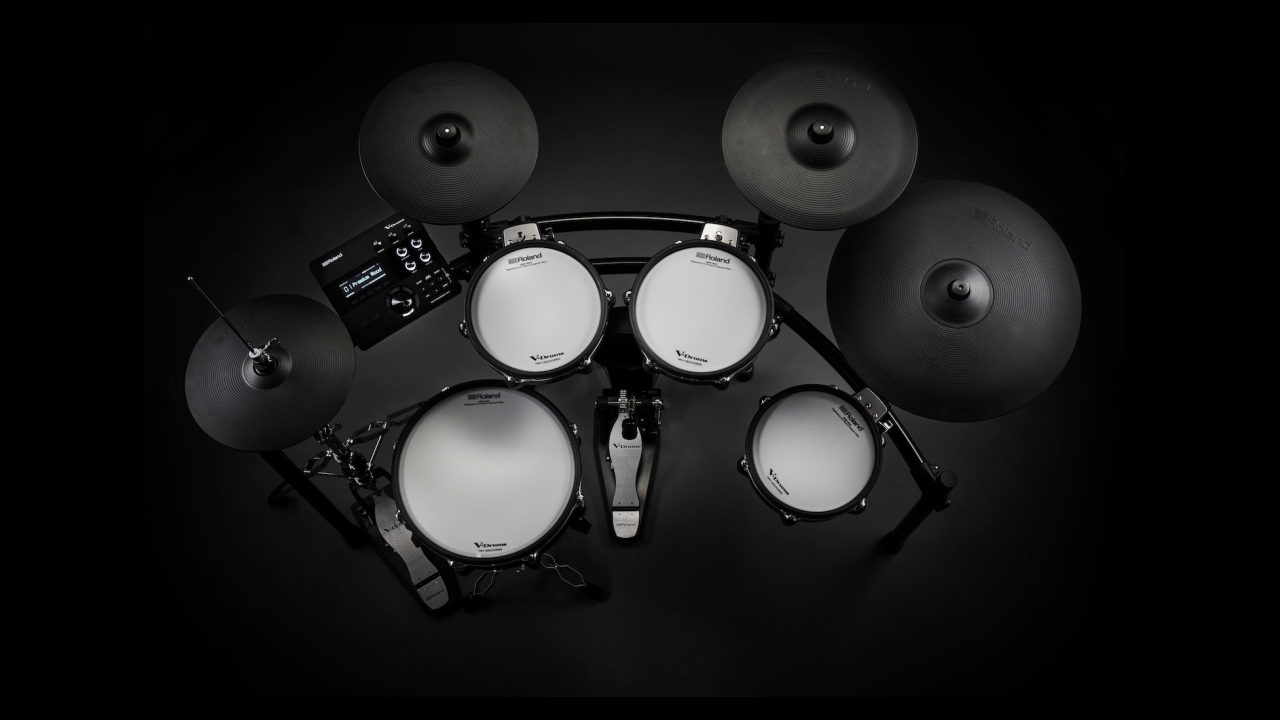
• Explore the best electronic drum sets for all budget
• The best beginner electronic drum sets: plug in and play
• Go hybrid with the best electronic drum pads
It’s easy to think of using electronics within our acoustic drum kits as something new, but the reality is that it’s been happening for decades. Single-pad drum synths and noise generators have been around since the ‘70s, and the advent of fully-playable electronic drum sets from the likes of Simmons in the ‘80s made the sight of multiple pads and the sound of synthetic drums commonplace.
We’ve come a long way from using wardrobe-sized racks that cost more than a modest car to recreate a handclap sound. In 2020 we’re able to achieve a lot more using a box that can be powered from a couple of batteries and a couple of pads or triggers. But it’s the requirements of drummers that has helped propel this progression.
Here, we take a look at some of the players who went hybrid long before there was a name for it, as well as those who continue to push the boundaries of what we can play from behind the kit…
1. Bill Bruford (King Crimson, Yes, Earthworks)
Between his work with prog heroes King Crimson and his own Earthworks project, Bill Bruford was one of the leading pioneers of electronic drumming in a rock context. Unlike many of the other drummers who incorporated a few pads to augment and simulate acoustic drum sounds though, Bruford’s use was altogether more complex.
An early adopter of Simmons kits, playing SDS 5, SDS 7, SDS 9 and eventually the sampling-equipped SDX, Bruford’s magic with electronics was to not only use them to play rhythmically, but melodically and harmonically too. Bruford’s affiliation with Simmons came to an end shortly after his dual SDX setup (dubbed The Most Expensive Drum Kit In The World and costing around $10,000 each) crashed on stage at Madison Square Garden. His influence on electronic drumming can still be seen today, most notably in Tool’s Danny Carey...
2. Danny Carey (Tool)
As a big fan of Bill Bruford, it makes sense that Carey’s choice of electronics follows Bill’s. Carey formerly used Simmons SDX pads as well as an SDX module, later switching to his famous Mandala pads to create electronic effects and percussive sounds in many of Tool’s sweeping compositions. The pads share a similar aesthetic to vintage Simmons pads, but the technology housed inside is a different story, with current versions featuring a six-zone/128 MIDI layer positional sensor.
Carey triggers his sounds via Native Instruments Battery, with his seven-pad setup switching to different voices throughout Tool’s set. In addition to the Mandala pads, Carey – a synthesizer enthusiast – has also included the original Korg Wave Drum and Roland HandSonic.
Get the MusicRadar Newsletter
Want all the hottest music and gear news, reviews, deals, features and more, direct to your inbox? Sign up here.
3. Neil Peart (Rush)
Not only was Neil Peart one of the most influential drum heroes of all time, he was an electronic drum enthusiast too, implementing many different brands at various points in his career to help bolster the power trio sound of Rush. Like many drummers, The Professor started using Simmons pads in the ‘80s. The album Grace Under Pressure featured a Simmons Clap Trap (handclap synthesizer) and SDS-V module as well as four Simmons pads and Shark trigger pedals.
Neil’s love of electronics reached its peak with his monstrous hybrid Time Machine/Clockwork Angels tour kit. The 360-degree setup was loaded with electronics, from the distinctive DrumKAT Mallet KAT Express (with its piano-like pad layout) to the Dauz ‘target’ pad (a tribute to The Who) to the custom-built DW shells housing the guts of Roland V-Drum pads triggering sounds from a Roland TD-30.
4. Tommy Lee (Mötley Crüe, Methods Of Mayhem)
Tommy Lee was using electronics on his kit as far back as his original Mötley Crüe days, with Simmons pads and triggers on each drum (triggering samples housed on chips in a Linn 9000) during the Theater Of Pain tour. Fast forward to the ‘90s, though, and Tommy’s love of hybrid hadn’t wained: his Methods Of Mayhem project leaned heavily on the use of loops and samples on record, with drummers Stephen Perkins, Morgan Rose and Will Hunt playing the electronic parts live.
Tommy told Modern Drummer in 2020: “I use a triggering system in the live format where you’ve got ginormous rooms and you’re competing with mad Marshall stacks and bass cabinets. I enhance the acoustic sounds with triggers on each of the acoustic drums. For instance on a bass drum that you’ve got sounding super-dope, I’ll add some super-low sine wave, 40-60hZ which just doesn’t come out of an acoustic drum. You can fake it with EQ, but when you add [the sample] with the live microphones, you’re giving people bowel movements!”
“Same with the snare drum… and moreso with the toms. Rather than gating the s**t out of the toms because you’ve got open mics everywhere I’ll either mic them internally to cut down on feedback. Or I’ll just go with some really awesome tom samples so that there’s no open mics and I can have it as loud as I need it.”
“It’s been a work in progress because some of the first triggers weren’t really that great. But it certainly takes your drums to a whole other level live.”
5. Rick Allen (Def Leppard)
The Def Leppard drummer was forced to rethink his approach to drumming in 1984 after losing his left arm in a car crash. The result not only allowed Rick to continue playing, but helped widen awareness of what is capable from triggered drum sounds.
Rick’s original setup for his return at Monsters Of Rock featured a series of Simmons SDS9 pads in place of acoustic shells, plus four Shark pedals placed to the left side of the kit. These were set up to offer a snare, effects snare and two tom sounds which Rick could play with his left foot. The entire kit triggered samples on an Akai S900.
Over the years, Rick has used numerous pad setups alongside acoustic shells and cymbals including Hart Dynamics, Pintech (including additional bar triggers), DDrum and Yamaha.
Regardless of the pad setup, Rick’s sounds are generated in software using Native Instruments Battery, while APTrigga handles the trigger conversion.
Rick’s kit continues to evolve, and is testament to what can be achieved using electronic drums in a rock setting.
6. Andy Gangadeen (Session, The Bays)
After starting his career as the drummer for Lisa Stansfield (triggering sounds from an Akai S9000 sampler), Andy Gangadeen went on to drum on Massive Attack’s Mercury Award-winning masterpiece, Mezzanine, before bagging the then-biggest pop gig in the world with The Spice Girls.
In the early ’00s, Andy started his groundbreaking, entirely-improvised electronic outfit, The Bays and later became the drummer for drum ’n’ bass/festival favourites, Chase And Status.
Andy’s significant impact on the acceptance of electronic and hybrid drums has also informed how many UK drummers go about using their hybrid gear.
"Acoustic kits will always have their place, I like drums and cymbals to sound natural but then have the electronics in addition to the acoustic. That’s why I don’t put triggers on my acoustic kit.” Andy told us in 2018. "I approach the two very differently. The technique to play an acoustic kit is totally different to what it is to play electronic. Hybrid is a thing I’ve been bashing on about for years and now kids are getting to understand the relevance of it and how important it is.”
7. The Bays
As mentioned above, Andy Gangadeen has become an influential figure when it comes to implementing electronic gear, mentoring many of the new generation of drummers on using electronics for pop sessions. The manifestation of this is the latest incarnation of The Bays, featuring Andy, Kaz Rodriguez (Josh Groban), Olly Wiseman (Anne-Marie) and Aicha Djidjelli.
A live band playing electronic music? Yes, but with some important differences: all of the sounds are triggered from the mother of all electronic drum setups.
As with previous performances, there are no setlists. Instead, The Bays – armed with a library of sounds and the ability to create live loops – improvise their entire performance, including the melodic and rhythmic elements. Unfortunately, COVID has limited the opportunity to catch The Bays live, but the band did stream an entire gig during the lockdown period.
8. Michael Schack (Solo, Netsky)
If you’ve never experienced a ‘Schack attack’ then you owe it to yourself to watch at least a handful of Michael Schack’s performances immediately. We’re hard pushed to think of a single drummer who has educated and demonstrated the possibilities of electronic and hybrid setups to as many drummers as Michael.
If his mind-blowing chops grab your attention, his energy and enthusiasm for the subject will keep you watching. From simple hybrid basics to full mash-ups using loops, sequences and effects, Michael Schack’s explanations and performances are inspiring to watch, regardless of your technological ability.
9. Joe Clegg (Elie Goulding)
It might be harder to blaze a trail in a time where the electronic elements of our kits are within reach of so many players, but Joe Clegg (drummer and Musical Director for Ellie Goulding) has done just that. Not only has Joe embraced the possibilities that a hybrid setup presents in pop drumming, but he’s mastered the interaction between the tactile nature of hardware along with the power of software in Ableton Live.
So much, in fact, that he’s even produced a course aimed specifically at drummers who wish to incorporate Ableton Live into their setup. The definition of a ‘pop drummer’ in 2020, Joe shows how to use Ableton in a musical way, rather than simply triggering static loops and backing tracks. His course covers everything you need to know to get the best from a hybrid setup including selecting and creating sounds, processing and automation and most importantly, how you can use software creatively.
10. Craig Blundell (Solo, Steve Hackett)
While more recently Craig has been making a major name for himself in the prog field – performing and recording with headline acts including Steven Wilson and Steve Hackett – for many years his other gig has been working with Roland's R&D team. Craig's insight and hands-on experience has helped shape many of Roland's most successful electronic percussion products, notably the SPD-SX sampling pad, and TD-17, TD-25 and TD-50 V-Drums kits.
Providing vital insight into the design and functionality of the gear many of us have in our homes, many of the patches and sounds you'll find on those products were created by Craig, too.
When he's not on the road or in the lab with the Roland designers, Craig can usually be found performing a clinic or shooting videos extolling the virtues of hybrid drumming and the power of electronic drums – a true ambassador for pushing the instrument forward.
11. KJ Sawka (Pendulum)
It’s one thing to see a drummer trigger drum’n’bass loops, but watching KJ Sawka takes the concept of live drum’n’bass to another level. The Pendulum drummer can regularly be seen flanked by a wall of Roland gear including a full kit, additional pads, triggers, an SPD-SX and Octopad as well as his laptop, and it’s not for show.
KJ’s stamina and precision in replicating a frenetic style of programmed electronica is absolutely worth checking out if you haven’t already, and when you do, remind yourself that these parts are being played live.

I'm a freelance member of the MusicRadar team, specialising in drum news, interviews and reviews. I formerly edited Rhythm and Total Guitar here in the UK and have been playing drums for more than 25 years (my arms are very tired). When I'm not working on the site, I can be found on my electronic kit at home, or gigging and depping in function bands and the odd original project.
